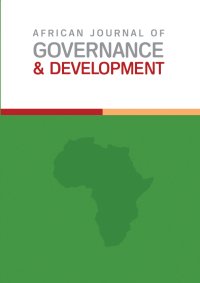The Implications of the Dichotomous Management of Rural Land in the Light of Land Use/Cover Change
Main Article Content
Abstract
This study examines the implications of dichotomous management of rural land, focusing on the resulting land use/cover change and loss of prime agricultural land in Vulindlela. Purposive sampling was used to select participants with valuable insights into land use
planning and management. Data collection utilized a mixed-method approach, including secondary quantitative data (2022 records of Traditional Councils' size, wards, villages, headmen, and qualifications) and primary qualitative data gathered through semistructured interviews. Quantitative descriptive analysis revealed varying numbers and sizes of wards in Vulindlela TCs, with Inadi TC being the largest (seven wards, 19 villages) and Ximba TC the smallest (two wards, three villages). Some villages had more than two wards, while others had fewer. Qualitative inductive thematic analysis of interview responses highlighted divergent views among traditional leaders (TL) regarding land ownership, with some claiming ownership while others believed it belonged to the traditional community. TL reported the existence of land use plans, with some TCs having informal plans. Conversely, the Msunduzi Municipality (MM) indicated comprehensive land use plans covering Vulindlela do exist, and these plans are discussed during Imbizo
(gatherings) to engage the community in understanding and using these plans.
Article Details

This work is licensed under a Creative Commons Attribution-NonCommercial-NoDerivatives 4.0 International License.
